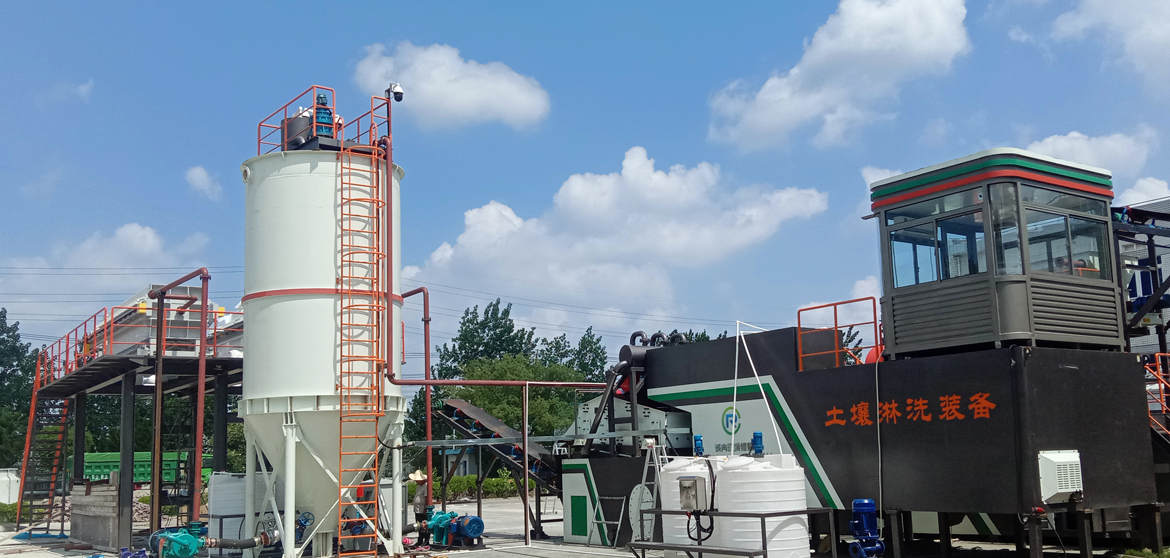Mobile Heavy Metal Soil Remediation: Why Desen’s Washing plant Is a Game-Changer for On-Site Treatment
Heavy metal contamination—from old electroplating plants, mining sites, and chemical factories—poses a persistent threat to soil health, groundwater, and human safety. Traditional remediation methods often rely on fixed facilities: crews excavate contaminated soil, transport it to distant treatmen
Heavy metal contamination—from old electroplating plants, mining sites, and chemical factories—poses a persistent threat to soil health, groundwater, and human safety. Traditional remediation methods often rely on fixed facilities: crews excavate contaminated soil, transport it to distant treatment centers, and dispose of leftovers in landfills. This process not only adds 30–40% to project costs (via transportation and infrastructure) but also raises the risk of secondary pollution from spills or dust during transit. For businesses and environmental agencies dealing with scattered pollution hotspots or remote areas, these limitations have long been a major hurdle.

Desen’s mobile soil washing plant solves these pain points with a fully integrated, on-site solution. The plant combines three core modules—targeted chemical dosing, multi-stage solid-liquid separation, and closed-loop water recycling—all mounted on a rugged, road-ready chassis. Its standout feature is the intelligent chelating agent system: real-time soil sensors analyze heavy metal concentrations (e.g., mercury, chromium, cadmium) and adjust reagent levels automatically, ensuring 90%+ removal rates without overusing chemicals. The closed-loop water system recycles 85% of the washing solution, eliminating wastewater discharge and cutting reliance on external water sources—critical for arid regions or projects near waterways.
Deployment is equally impressive. Unlike fixed systems that take 1–2 weeks to set up, Desen’s plant arrives at the site, calibrates in 1–2 hours, and starts treating soil immediately. Its telescopic arm (extendable up to 5 meters) navigates tight spaces—like between old factory buildings or along narrow mine paths—without damaging surrounding structures. A case in Jiangsu Province proves its impact: the plant remediated 2,300 tons of electroplating-contaminated soil in 3 months, reducing copper levels from 60 mg/kg to 4.8 mg/kg (well below national standards) and recovering 2.3 tons of copper concentrate for reuse.





